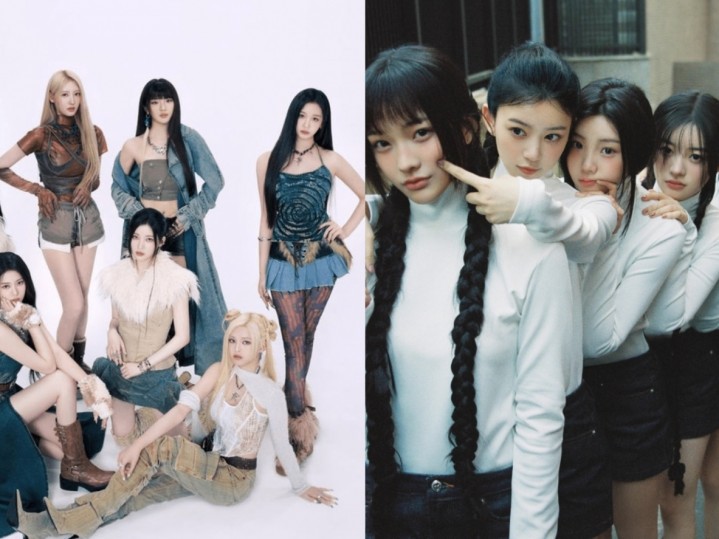Why Do K-Pop Groups Have So Many Members?
It's a question nearly as old as K-Pop itself - why do K-Pop groups often have so many members?
Sure, there are popular soloists like G-Dragon and G.NA, and the seemingly average five-member groups like SHINee. But overall, K-Pop seems to be more full of large groups than any other entertainment market is.
There is Super Junior, which alternates, but usually has about 12 or 13 members; the nine-member Girls' Generation; 9Muses, which confusingly does not have nine members but does include more than five; U-KISS, which often has six or seven members; K-Pop darlings EXO, which, when including EXO-K and EXO-M make up 12; and of course there's Topp Dogg and its 13-person crew.
The reasoning behind these big groups is - like many things in K-Pop - complex. As always, fans are a huge factor. They're notoriously wild about their favorite idols, so why not give them more of what they crave? Every Topp Dogg and Girls Generation member is one more person with whom to fall in love - and one more opportunity for labels to sell t-shirts, posters, stickers, and whatever other branded paraphernalia is hot at the moment.
"As fans' taste and preferences are diverse, the more a group has members, the better it can serve the fans' tastes," Dr. Shin Dong Kim, a professor at Hallym University in South Korea, told KPopStarz. "In other words, you can find at least one or two boys or girls of your own taste from the large groups. In a sense, the large groups reduce the risk of unpredictable fan enthusiasm."
It's also, theoretically, a chance to give those members a break, said Kim.
"Musicians are running on terribly tight schedules," he noted. "With a large number of performers, you can meet the demand with more flexibility. When someone is sick or leaving the group, the management company can still do the show with less risk."
Of course, that doesn't always happen. The fatal car crash recently involving EunB was a sobering reminder of just how frantic the life of a K-Pop star can be, and a reminder to K-Pop managers to take advantage of the large groups without letting the members get taken advantage of.
That's especially important considering the demand for K-Pop is only growing. As Hallyu expands, large groups make it easier for some of the fan favorites to diversify and train specifically for a new market. For instance, EXO-M grew out of the larger group EXO, and often releases music in Mandarin catered to an enthusiastic Chinese audience.
"Members of large groups can re-package themselves into small groups or even a soloist, and eventually make the group much more diverse," Dr. Kim added. "They can cover a wide spectrum of fan demands from fast dancing to slow ballads."
Pop groups from around the world could learn more about the advantages to having a multi-member group, said Dr. Kim.
When entertainment experts compare K-Pop vidoes or concerts to other pop music from around the world, they often use words and phrases such as "dazzling," "daring," or "I couldn't look away." Part of that is the top-notch use of lighting, costumes, and graphics. But another part is the simple fact that there's just a lot going on. Western pop might have a half-naked Miley Cyrus riding a hot dog, but when the 13 Topp Dogg members can pull off a new set of synchronized choreography for every song they perform, it's a whole different kind of spectacle.
After all, said Dr. Kim, who's to say that the four or five-person boy band made popular by the West is the industry standard? K-Pop just may be on to something.
"Who said there should be a certain number for a group?" he asked. "If it works, there may be new groups coming in an even bigger size."
















